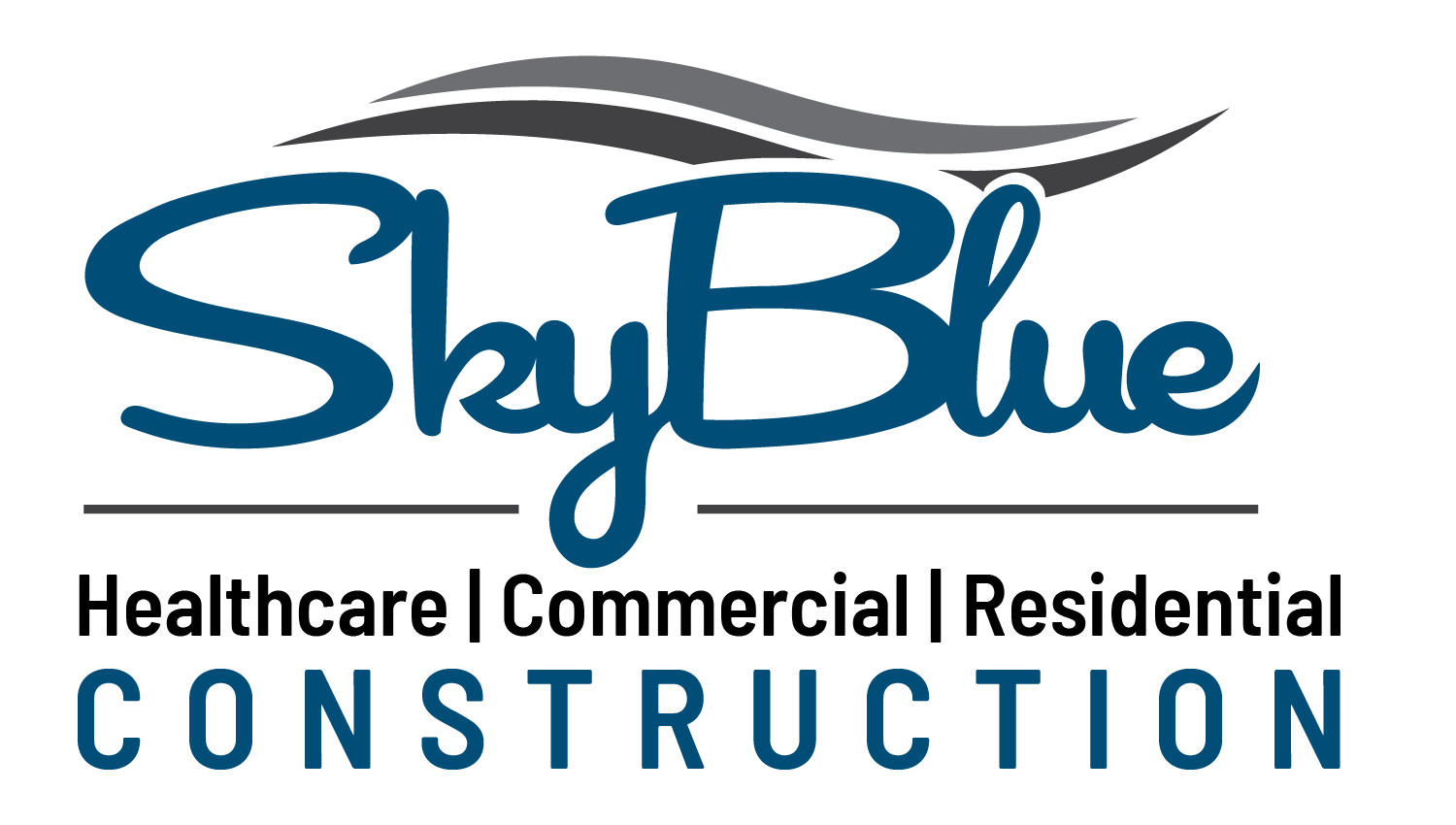In the world of healthcare construction Calgary, constant evolution is driven by the desire to provide cutting-edge medical care and create healing environments that prioritize patient well-being. As we gaze into the future, there are captivating trends and innovations that are shaping the design, construction, and operation of healthcare facilities.
This article will take a deep dive into these emerging trends and innovative practices within healthcare construction Calgary, shedding light on their potential to revolutionize the delivery of healthcare services and elevate patient outcomes to new heights.
Enhanced Security and Access Control
In today’s healthcare construction Calgary landscape, ensuring the safety and security of patients, staff, and sensitive medical data is paramount. To address these concerns, healthcare facilities are embracing cutting-edge technologies and innovative practices for enhance security and access control. One notable trend is the integration of biometric authentication, such as fingerprint or iris scanning. Which provides a highly secure and reliable method of verifying the identity of individuals accessing restricted areas.
Additionally, smart card systems, employing encrypted cards or badges, are being adopt to streamline access management and enhance security protocols. These systems offer a convenient and efficient way to control entry and monitor movement within the facility. Furthermore, advance video monitoring solutions equipped with high-resolution cameras and intelligent analytics empower healthcare providers to proactively detect and respond to potential security threats in real time.
Collaborative Spaces and Team-Based Care
Commercial construction companies Calgary are embracing a new era of collaborative care, recognizing the profound impact that teamwork and share decision-making can have on patient outcomes. The design of these facilities is evolving to create spaces that foster collaboration and support team-base care models. By incorporating open layouts, flexible workstations, and multipurpose areas. Healthcare professionals from different disciplines can come together, share knowledge, and coordinate care more effectively.
These collaborative spaces not only encourage communication and problem-solving but also cultivate a sense of unity and camaraderie among healthcare teams. With a focus on breaking down traditional barriers and promoting interdisciplinary collaboration, healthcare facilities are witnessing improve care coordination. Increase efficiency, and ultimately, better patient outcomes. By prioritizing collaboration with Commercial construction companies Calgary, we are building a healthier future for both healthcare professionals and the patients they serve.
Patient-Centered Design
Creating a healing and patient-centered environment is at the forefront of healthcare construction trends. Designing healthcare facilities that prioritize the well-being and comfort of patients has become a driving force. Elements such as ample natural light. Soothing color schemes, and access to outdoor spaces have proven to reduce stress and promote healing. Thoughtful choices in furniture, including comfortable seating and warm textures, help create a welcoming and homely atmosphere. Incorporating artwork and nature-inspired elements further enhance the overall sense of calm and serenity. By embracing patient-centered design principles, healthcare facilities are revolutionizing the way spaces are created. Fostering an environment that supports patients’ physical, emotional, and mental well-being throughout their healing journey.
Technology Integration
Technology is transforming the healthcare construction industry, revolutionizing the way healthcare facilities are design and operate. The integration of state-of-the-art technology has become a key trend. Enhancing patient care, improving efficiency, and fostering innovation. From electronic medical records and telemedicine capabilities to remote monitoring systems and advance imaging technologies, technology is seamlessly woven into the fabric of healthcare construction.
Advanced imaging technologies, such as MRI, CT scans, and 3D printing, are revolutionizing diagnostics and treatment planning. These technologies provide high-resolution images, facilitating accurate diagnoses, precise surgical interventions, and personalized treatment approaches. They improve patient outcomes, reduce risks, and optimize healthcare delivery.
Sustainability and Green Building
Building healthcare facilities that embrace sustainability and green building practices is essential for creating a healthier and more environmentally responsible future. By integrating sustainable practices into healthcare construction, we can improve patient outcomes, reduce operational costs, and minimize our impact on the planet. To achieve this, healthcare facilities are implementing energy-saving technologies like LED lighting and efficient HVAC systems. These measures significantly reduce energy consumption and carbon footprint, contributing to a greener and more sustainable environment.
In addition, the incorporation of renewable energy sources such as solar panels and wind turbines allows healthcare facilities to generate clean, renewable energy onsite. This reduces reliance on traditional energy grids and promotes a more self-sufficient and sustainable energy model. Other practices to increase sustainability in the healthcare construction sector include water conservation and usage of sustainable materials.
Flexibility and Adaptability
With advancements in technology and evolving healthcare practices, it is essential for facilities to be able to adapt to changing needs. Modular construction techniques provide the flexibility needed for easy reconfiguration, expansion, and repurposing of spaces, ensuring seamless integration of new technologies and the ability to meet shifting demands without major disruptions.
Alongside modular construction, the design of adaptable floor plans is paramount for creating flexible healthcare facilities. Open and versatile layouts enable easy modification and customization of spaces to meet specific requirements. This adaptability empowers healthcare providers to optimize space utilization, foster interdisciplinary collaboration, and accommodate changes in patient demographics and care delivery models.
Advanced HVAC Systems
Advanced HVAC systems play a crucial role in creating a safe and healthy environment for healthcare facilities. These systems go beyond traditional temperature control by incorporating innovative features like high-efficiency air filtration, air pressure control, and UV disinfection technology. By effectively filtering the air, advance HVAC systems can significantly reduce airborne contaminants such as dust, allergens, bacteria, and viruses.
In addition to air filtration, advanced HVAC systems offer precise air pressure control, allowing for the creation of different pressure zones within healthcare facilities. Negative pressure rooms are strategically use in isolation areas to contain airborne pathogens and prevent their spread to other parts of the facility.
On the other hand, positive pressure rooms help maintain sterile environments in critical areas like operating rooms. These carefully controlled pressure differentials ensure that air flows appropriately, keeping contaminants contained and minimizing the risk of cross-contamination.
Infection Control and Safety
In healthcare construction, infection control and safety are top priorities. To minimize healthcare-associated infections and ensure a safe environment for patients and staff, innovative design features and construction practices are employed. This includes incorporating antimicrobial surfaces, such as coatings and materials, that actively inhibit the growth of bacteria and other pathogens, reducing the risk of contamination.
Moreover, proper waste management protocols are crucial in healthcare construction to safely handle and dispose of medical waste. Strict segregation, storage, and disposal practices are implemented to prevent the spread of infections and protect the health of individuals and the environment. Adhering to rigorous waste management guidelines and regulations ensures that healthcare facilities maintain a clean and safe environment for everyone involve.
Conclusion
In the ever-evolving realm of healthcare, construction practices are rising to the challenge of meeting. The changing needs of patients and medical advancements. The trends and innovations in healthcare construction are reshaping the way facilities are conceptualized. Constructed, and operate, placing a strong emphasis on patient-centered care, technological breakthroughs, sustainability, flexibility, and safety. By embracing these progressive trends and adopting innovative practices. We can forge a path toward a healthier future, where healthcare facilities go above and beyond in delivering exceptional care. Promoting patient well-being, driving medical advancements, and ultimately improving the overall health outcomes for individuals and communities alike.


